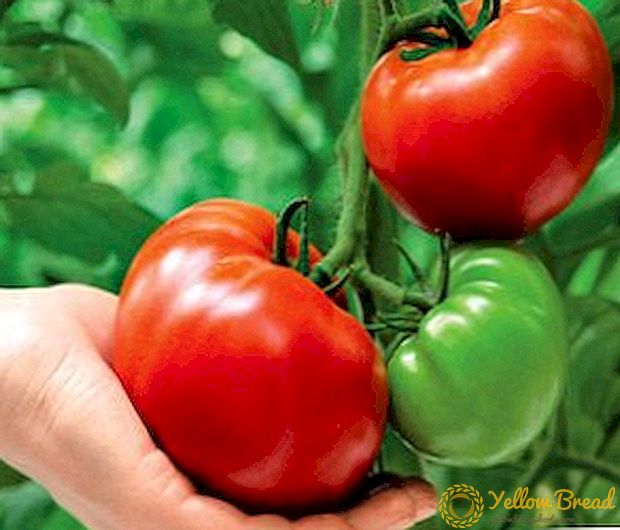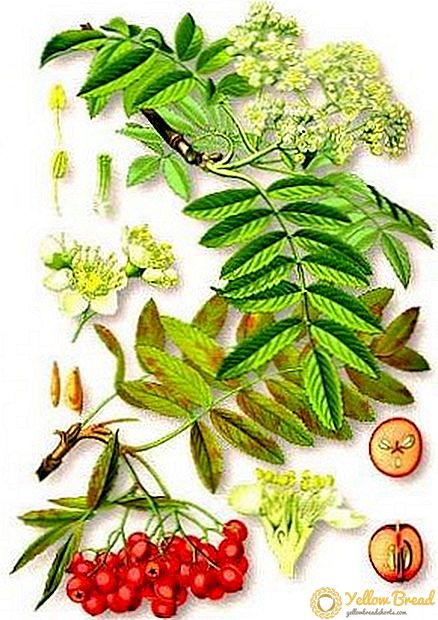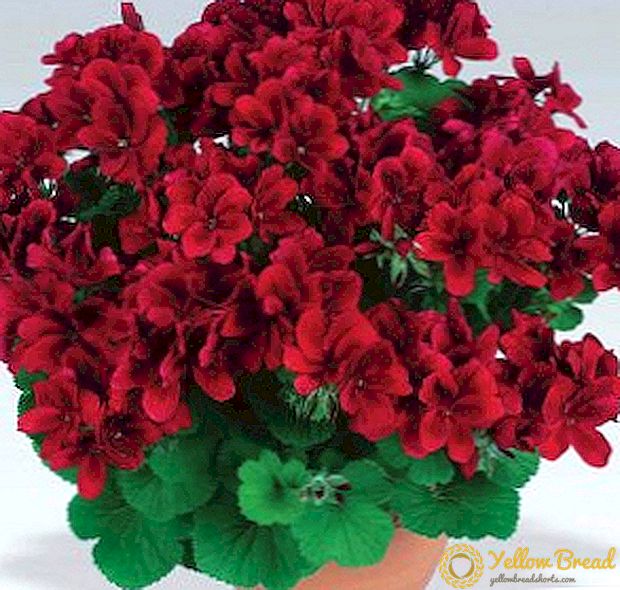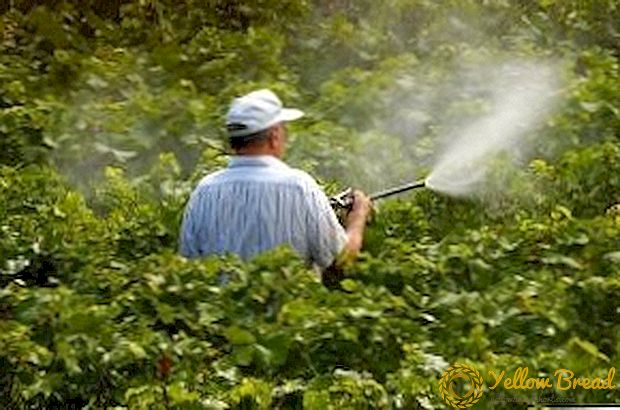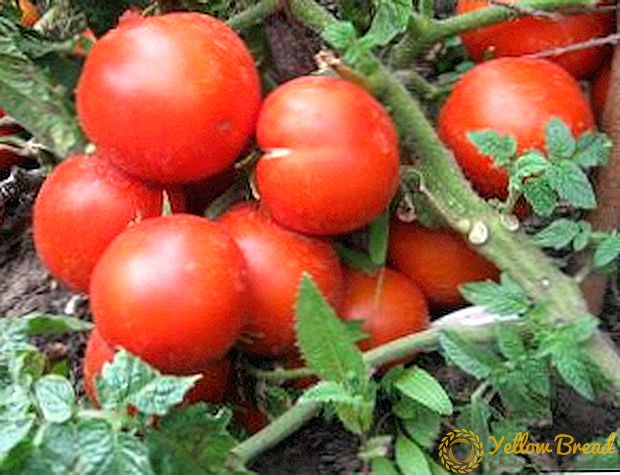 Cabbage Kale, the description of which is not familiar to everyone, has a lot of useful properties. This variety has no kachan, and the leaves are similar to lace laces of green or purple color. This type of cabbage has other names: brauncol, grunkol, brunkol. Compared with their "relatives", such as cauliflower, broccoli or Brussels sprouts, Kale cabbage is rarely found in the restaurants menu. But this is not a reason to underestimate such a food product.
Cabbage Kale, the description of which is not familiar to everyone, has a lot of useful properties. This variety has no kachan, and the leaves are similar to lace laces of green or purple color. This type of cabbage has other names: brauncol, grunkol, brunkol. Compared with their "relatives", such as cauliflower, broccoli or Brussels sprouts, Kale cabbage is rarely found in the restaurants menu. But this is not a reason to underestimate such a food product.
- Calorie, Vitamins and Minerals
- Useful properties of Kale cabbage
- Cabbage Kale in cooking: cooking recipes
- Storage methods
- Contraindications
Calorie, Vitamins and Minerals
Have kale cabbage low calorie: 100 g contain 50 kcal.
In its composition 100 g of the vegetable in question are:
- ash - 1.5 g;
- water - 84 g;
- dietary fiber - 2 g;
- proteins - 3.3 g;
- fat 0.7 g;
- carbohydrates - 8 g;

- Zinc - 0.4 mg;
- selenium - 0.9 mcg;
- manganese - 0.8 mg;
- phosphorus - 56 mg;
- copper - 0.3 mg;
- magnesium 34 mg;
- sodium - 43 mg;
- potassium - 447 mg;
- calcium - 135 mg;
- iron - 1.7 mg.
- vitamins B1, B2 - 0.1 mg each;
- Vitamin A - 0.077 mg;
- vitamin K - 817 mcg;
- beta carotene - 0.09 mg;
- Vitamin B6 - 0.3 mg;
- Vitamin C - 120 mg.

Useful properties of Kale cabbage
This product has a good effect on the work of the digestive tract: the pancreas works stably, intestinal motility is getting better.
The product in question is used for the prevention of eye diseases and for visual loads (long work at the computer, reading).
It is useful to use this vegetable for other purposes:
- in the fight against obesity;
- to prevent the formation of cancer cells;
- with a deficiency of potassium in the body;
- for the prevention of heart disease.

Cabbage Kale in cooking: cooking recipes
Cabbage Kale is an integral part of the diet, so there are a large number of recipes for preparing such dishes.
Chips
It will take: 1 kg Kale, garlic, salt, black pepper, olive oil.
Tear off the leaves of Kale with your hands, sprinkle with salt and pepper, drizzle with oil. Put them on a baking sheet. Preheat oven to 180 °. Before you put the pan in the oven, the temperature should be reduced by 100 ° and dried until ready with the door ajar. Cabbage with mushrooms and pepper
You will need: 2 onions, olive oil, 800 g Kale, 2 sweet peppers, 1 glass of celery broth, 400 g of mushrooms.
Onions and mushrooms fry in olive oil. Leaves kale and pepper chopped. All mix, pour broth and simmer until the vegetables are ready.
Casserole 
It will take: 1 zucchini, 800 g of breast (chicken), 2 eggs, 1 onion, 5 tbsp. l red beans, hard cheese, 0.5 kg of Kale.
From the breast and onions to make stuffing.Zucchini grate and mix with half the eggs. Grease the form with oil (olive) and lay out the ingredients in layers:
1st layer - beans;
2nd layer - minced chicken breast;
3rd layer - grated squash;
4th layer - again stuffing;
The 5th layer is Kale.
Pour all over the egg and sprinkle with cheese. Then cover with foil and for 40 min. bake at 180 °.
Salad with beans and kale 
It will take: 0.5 kg of Kale leaves, 1 can of beans (white, canned), 200 g of tomatoes, 1 red onion, sea salt, balsamic vinegar.
Strain the beans using a colander. Kale tear, cut vegetables. All mix and dress with oil, vinegar, salt and pepper sauce.
Beef with kale 
It will take: 1 kg of beef, 200 g of celery, 1 tomato, 2 kg of cabbage, 2 sweet peppers, butter, 1 carrot.
Fry vegetables using butter. Beef chop and add to vegetables. Add water and simmer for 1.5 hours under a lid.
Rolls
It will take: 6 tablespoons of Uzbek rice, 6 tablespoons of sour cream, 6 carcasses of squid, 1 egg, dill, 400 g of leaves of this vegetable.
Sliced cabbage mixed with rice and egg. Squids clean and fill them with the mixture. Fold in a frying pan, add water and simmer for about 40 minutes. Sour cream mixed with dill. Serve the dish with this sauce.
Storage methods
You can store this vegetable in the refrigerator for about two weeks. Use for this you need separate containers or vacuum bags. If you need to keep the product for a long time, you can freeze it. The taste of this will not change. 
Contraindications
Although this vegetable culture can bring many benefits, there are also contraindications to the use.
- you have increased blood clotting;
- in the recent past you suffered a heart attack, stroke, thrombosis;
- during pregnancy, if the doctor has not advised the opposite;
- you suffer from hemorrhoids or varicose veins;
- you have gout;
- suffer from gallstone disease;
- you have dysbiosis, gastritis, ulcers;
- with chronic thyroid disease.

With improper transportation and storage, the nutritional properties of the vegetable are reduced. When choosing pay attention to the leaves. They should not be crumpled and lethargic. To get all the benefits of this vegetable, get the most fresh product.

